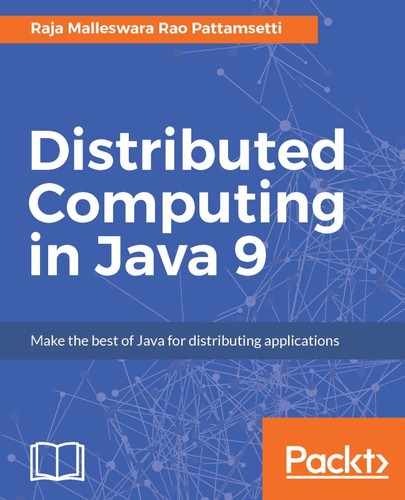A cluster is a single system resource that is a collection of distributed or parallel computing systems connecting a group of individual computers for a common processing purpose. The main advantage of such a system is to obtain greater performance through a relatively lower cost setup, when compared to a single high-performance computer. A generic cluster computer architecture is shown in the following diagram:

Some of the famous sets of elements that make a cluster computer include the following:
- Numerous effective performing computers (SMP/workstation)
- Sophisticated operating system (layered)
- N/W interface card (NIC)
- N/W of high-speed performing switch (GB Ethernet)
- Effective information exchange protocol (Quick Messaging)
- Cluster middleware (SSI: Single System Image or System Availability Infrastructure)
- System hardware (DEC/DSM/SMP hardware systems)
- Layered operating system (Solaris MC/Kernel)
- Software and subsystems, including monitoring tools, DSM file system, LSF/CODINE kind of interface handling, and applications
- Parallel programming environments and software (PVM/MPI)
- Integrated systems (sequential/distributed system/parallel applications)
Network interface hardware is responsible for the information exchange between nodes in a clustered environment.
Communication software is responsible for providing effective and persistent information exchange between cluster nodes.
Cluster Middleware is responsible for bringing all the cluster nodes together to work and appear as a single resource to external resources.
